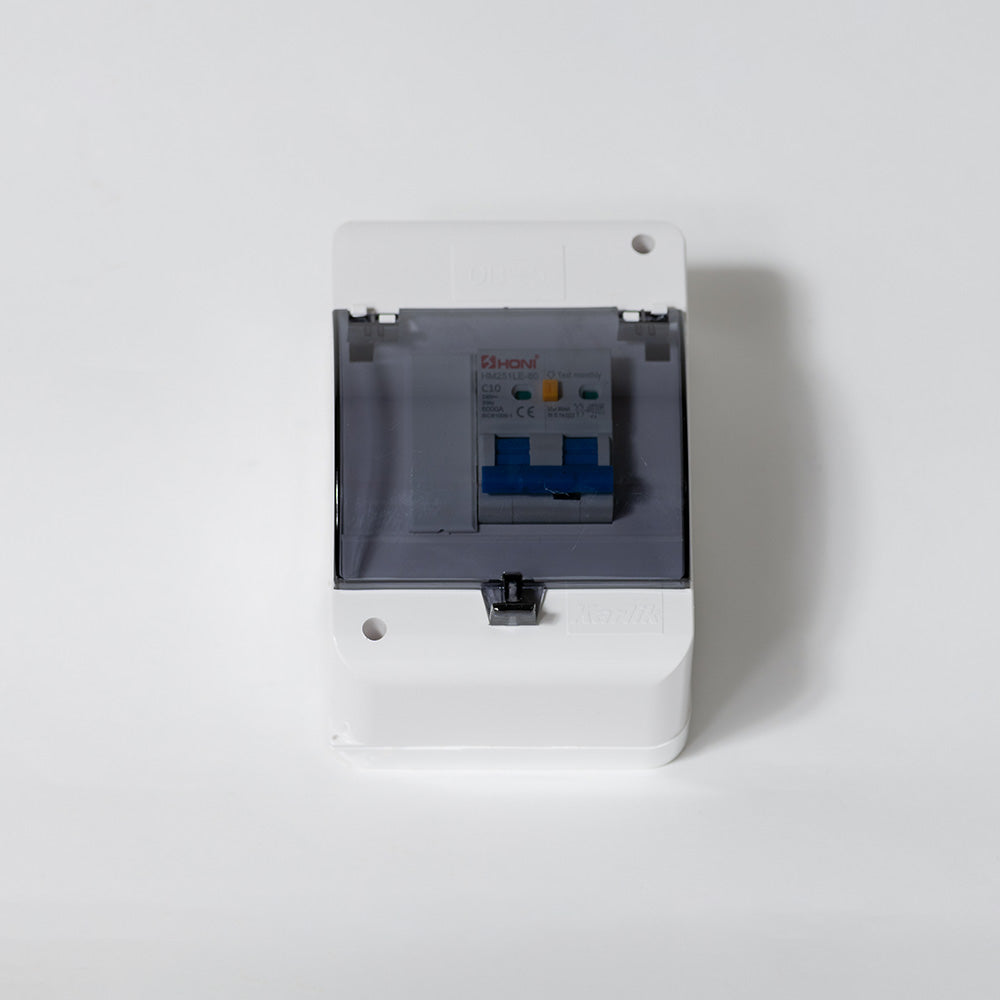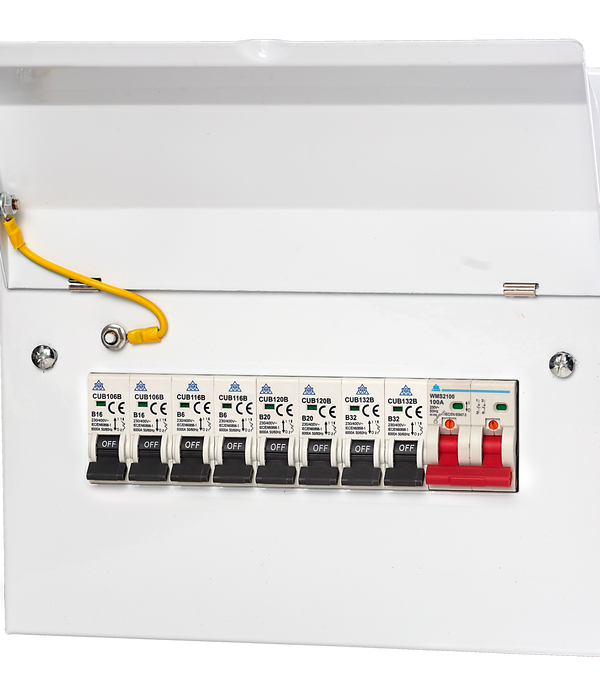The Duty of Consumer Units in Effective Power Administration Equipment
Customer systems are indispensable to efficient energy administration systems, offering as the key circulation points for electric power within frameworks. The development of smart modern technologies has actually further enhanced their functionality, enabling for real-time information monitoring and nuanced energy intake evaluation.
Comprehending Customer Devices

Comprehending the function of consumer units begins with recognizing their necessary function in safeguarding electric systems. By separating mistakes within specific circuits, customer devices avoid extensive interruptions and potential fire risks. This seclusion is accomplished with the usage of circuit breakers that trip or merges that blow when a mistake is found, thus reducing off the electric circulation to the influenced circuit.
Moreover, customer devices promote the organized distribution of power, improving the efficiency of power usage. They enable the organized administration of electric lots, which can be specifically important in business and industrial setups where need can vary significantly. Correctly kept consumer systems add to the durability of electrical systems and aid in minimizing downtime triggered by electrical failings, ultimately sustaining the seamless operation of energy-dependent centers.
Smart Technologies Combination

A vital benefit of wise consumer systems is their ability to utilize progressed formulas and artificial intelligence for anticipating analytics. This permits preemptive modifications based upon usage patterns, weather report, and other variables, significantly raising overall efficiency. In addition, smart customer devices assist in need reaction programs, where energy use can be dynamically changed during height periods to maintain the grid and lower expenses.
The integration of renewable resource sources, such as solar and wind, is also structured through clever consumer units. By wisely taking care of the intermittency of these sources, these systems make certain a trustworthy and balanced energy supply. Additionally, wise customer units improve customer involvement by supplying comprehensive insights and remote abilities with mobile applications, fostering a much more positive strategy to power conservation and sustainability.
Surveillance Energy Consumption
Building on the capabilities of smart technologies assimilation, keeping an eye on power usage becomes an important focus within energy management systems. By leveraging sophisticated metering facilities (AMI), real-time information on power usage can be accumulated at granular degrees, supplying important insights into usage patterns and peak need periods.
Smart meters and Net of Things (IoT) tools play a crucial role in this monitoring procedure. These devices can track power usage in real-time, transmitting data to centralized systems for evaluation. The accumulated data is then processed through sophisticated algorithms to discover abnormalities, anticipate future usage, and suggest optimization techniques. Additionally, cloud-based solutions supply scalable platforms for saving and assessing big datasets, assisting go to my site in remote tracking and control.
The integration of these technologies not only equips consumers with thorough information concerning their power usage but additionally supports energy carriers in taking care of load circulation a lot more properly. Eventually, constant and accurate surveillance is vital for accomplishing power effectiveness, price financial savings, and sustainability objectives within energy monitoring systems.
Optimizing Home Appliance Use

One reliable technique involves identifying optimal and off-peak hours to move energy-intensive activities, such as laundry or dishwashing, to times when energy demand is reduced. This not just lessens pressure on the grid but also takes advantage of reduced power tariffs. Additionally, integrating device understanding algorithms permits predictive maintenance, making certain home appliances operate at optimum performance and extending their lifespan.
Energy monitoring systems can additionally incorporate user-specific choices and behaviors to tailor appliance usage timetables. For instance, wise lighting systems can readjust illumination based on tenancy why not find out more and all-natural light schedule, while a/c systems can keep comfort degrees without too much energy use.
Promoting Sustainability
Advertising sustainability within energy administration systems entails not only boosting performance but also cultivating eco accountable practices. Consumer units are essential to this procedure, as they offer real-time data and control mechanisms that make it possible for users to keep track of and minimize their power usage. By leveraging sophisticated innovations, consumer units can recognize energy-saving chances and facilitate the integration of sustainable energy sources like solar and wind power.
One vital facet of promoting sustainability is educating consumers on the advantages of accountable power usage. Through thorough insights provided by customer systems, users can make enlightened decisions that minimize their carbon impact. As an example, these units can suggest ideal times for operating high-energy devices based on grid need and renewable resource availability, thus reducing dependence on fossil gas.
Furthermore, customer systems support the fostering of smart grid modern technologies, which enhance the total efficiency and reliability of energy circulation. By making it possible for two-way interaction between customers and utility providers, these systems can dynamically get used to energy needs, decreasing waste and promoting the usage of lasting energy practices.
Conclusion
Consumer systems, as essential components of power management systems, dramatically improve electric safety and security and performance within buildings through circuit security and wise technology assimilation. Additionally, the consolidation of eco-friendly energy resources promotes sustainable practices, adding to lowered overall power usage and reduced carbon footprints.
Advances in clever technologies have actually revolutionized the capacities of energy management systems, particularly with the assimilation of smart consumer systems.Building on the abilities of wise innovations integration, keeping track of energy consumption becomes an important emphasis within power administration systems.Reliable device use optimization is a crucial element of energy monitoring systems, aiming to boost effectiveness and minimize unneeded energy usage.Consumer systems, as essential components of energy management systems, dramatically boost electric safety and security and performance within structures through circuit defense and smart technology integration. In addition, click to read the consolidation of sustainable power resources promotes lasting practices, adding to decreased general energy consumption and reduced carbon impacts.